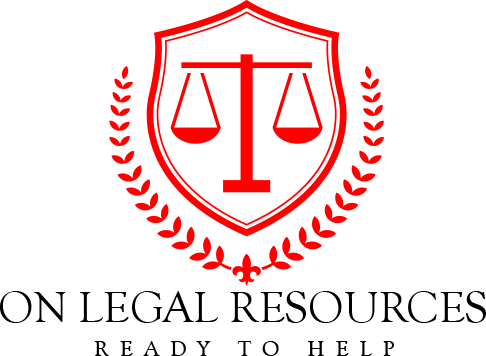6 Common Pitfalls in Patent Prosecution and How to Avoid Them
May 9, 2024
In the world of intellectual property, securing a patent is often the cornerstone of protecting innovative ideas and technologies. However, the journey from patent application to grant can be fraught with challenges and pitfalls that could potentially derail the process. Understanding these common stumbling blocks and knowing how to navigate around them is crucial for inventors and entrepreneurs seeking to safeguard their intellectual property. A patent prosecution attorney explains some of the most common pitfalls in patent prosecution and provides strategies for avoiding them.
1. Insufficient Prior Art Search:
One of the fundamental steps in the patent prosecution process is conducting a thorough prior art search to ensure that the invention is novel and non-obvious. A common pitfall occurs when inventors fail to perform a comprehensive search, leading to the submission of patent applications that are later rejected due to existing prior art. To avoid this, invest time and resources in conducting a meticulous prior art search or consider hiring a professional patent search firm to uncover relevant references.
2. Inadequate Patent Drafting:
Another pitfall in patent prosecution is the submission of poorly drafted patent applications. This can result in ambiguity, overly broad claims, or failure to adequately describe the invention, all of which may lead to rejection by patent examiners. To mitigate this risk, enlist the expertise of a qualified intellectual property lawyer or agent who can draft clear, precise, and comprehensive patent applications tailored to the specific requirements of the invention.
3. Overly Broad Claims:
While it’s natural for inventors to want to secure the broadest possible protection for their inventions, pursuing overly broad claims can backfire during patent prosecution. Examiners may reject applications with claims that are deemed overly broad or abstract, citing lack of novelty or obviousness. To avoid this pitfall, focus on drafting claims that are sufficiently detailed and closely aligned with the actual scope of the invention, taking into account the prior art landscape.
4. Failure to Respond to Office Actions Timely:
During patent prosecution, applicants often receive office actions from patent examiners outlining rejections, objections, or requests for clarification. One common pitfall is failing to respond to these office actions in a timely manner, which can result in abandonment of the patent application. To prevent this, establish a systematic process for managing office actions, prioritize responses, and adhere to deadlines rigorously to keep the prosecution process on track.
5. Inadequate Communication with Patent Examiners:
Effective communication with patent examiners is critical for addressing their concerns and advancing the prosecution of patent applications. However, some applicants may overlook this aspect or fail to provide sufficient explanations or arguments in response to examiner rejections. To avoid this pitfall, maintain open and proactive communication with examiners, address their objections comprehensively, and provide persuasive arguments supported by relevant evidence or case law.
6. Neglecting Patent Prosecution Strategy:
Patent prosecution is not just about navigating the procedural hurdles; it’s also about developing a strategic approach to maximize the chances of securing meaningful patent protection. Neglecting to develop a comprehensive prosecution strategy tailored to the specific goals and circumstances of the invention can undermine the overall success of the process. To mitigate this risk, collaborate closely with your patent attorney or agent to devise a strategic plan that aligns with your long-term objectives.
By understanding these pitfalls and implementing proactive measures to address them, inventors and entrepreneurs can enhance their prospects of successfully securing valuable patent protection for their innovations. Search for patent attorney near me online and talk to a professional today.
